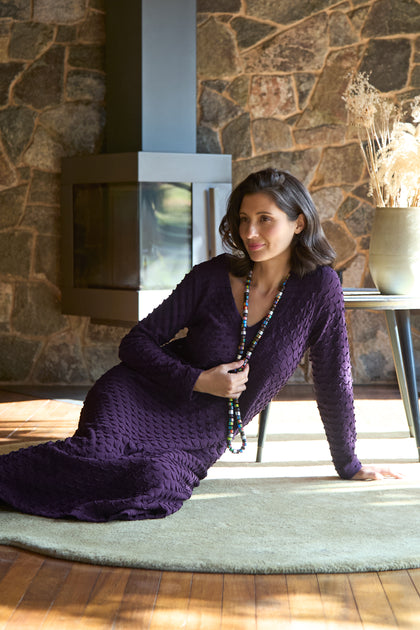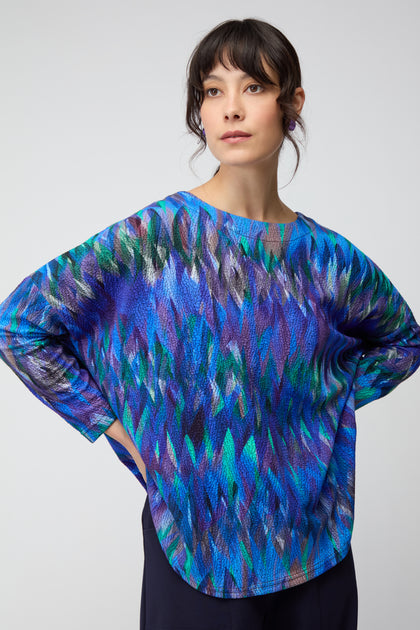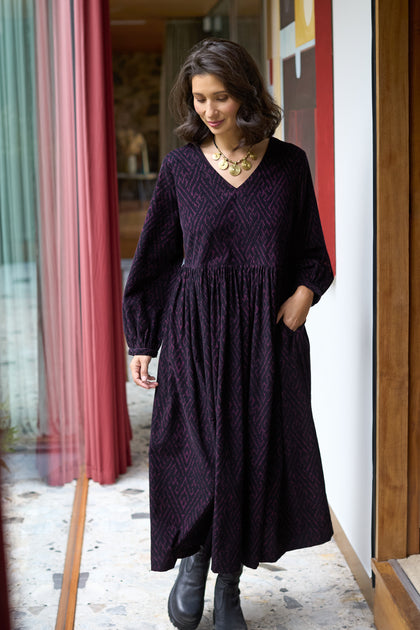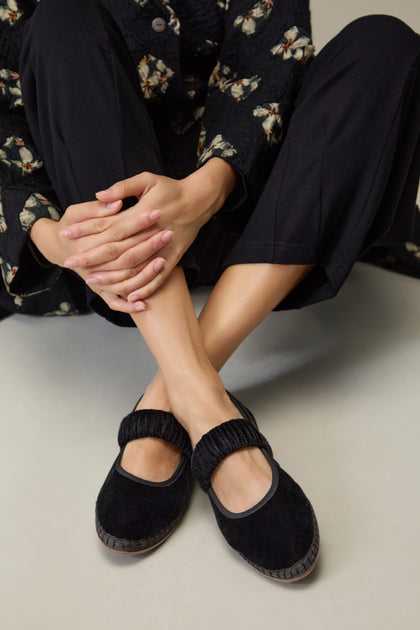Shibori – a technique that involves tying, gathering or twisting a piece of cloth in a certain way before it is dyed, thus creating a unique pattern that results from only allowing the colour to penetrate certain portions of the fabric. It’s an ancient technique, requiring a high level of skill, knowledge and time; but, when done right, the outcome is one of striking beauty.
-
The word Shibori has become something of a blanket term to describe any of the thousand processes that involve the shape-resist dyeing of a textile. It is derived from the Japanese verb shiboru, which means to wring, squeeze or press. Such etymology directs the focus to the action performed on the cloth itself, rather than on the finished pattern, thus elevating the significance of the creative process – in other words, the time and artistic skill behind a piece of Shibori is more important than the end result.
Although it is a Japanese word, Shibori is not exclusive to Japan. As far as we know, the art did not even originate in Japan – along the Chinese Silk Road, luxurious pieces of Shibori silk have been recovered from tombs that have lay dormant for over 1500 years. Shibori dyed alpaca wool, created by people who lived over a millennium ago, has been found in parts of South America.
Photograph by Mr Thinktank / CC BY
Around the world, countless cultures and peoples have over the centuries developed their own version of shape-resist dyeing. Two separate Malay-Indonesian terms – Plangi and Tritik – refer to two distinct methods of Shibori. In India, the word Bandhani – derived from the Sanskrit verb banda (to bind) – describes the same process of tying or gathering fabric in such a way as to allow the dye to arrange itself into certain patterns. In Britain and the USA, most of us know it best as tie-dye, a psychedelic hangover handed to us by 1960s counter-culture – legend has it that Janis Joplin slept on tie-dyed satin sheets.
After the psychedelic boom of the sixties, Shibori slowly faded out of vogue. However, in recent years Shibori has made something of a comeback, with current artists and designers combining these ancient techniques with contemporary cuts, subtle monochrome hues and modern styling. For autumn, we have worked with some of our most skilled artisans to create our own unique Shibori viscose. Crafted entirely by hand, each panel of fabric is carefully tied with threads & dyed in a series of meticulous stages, one colour at a time.
Photographes by Gina Pina /
CC BY
Beginning with the turquoise, a craftsman colours the viscose entirely in turquoise, allowing it to dry before wrapping it with thread and dipping it with bleach to strip the piece of the colour – except in the places tied with the thread. Without removing those ties, the fabric is then dyed electric blue, wrapped with more threads and dipped once more in the bleach to strip only the exposed fabric of all colour. This same process is repeated, using by turn hot pink and black dyes, until the entire panel is complete and the threads can finally be untied to reveal an end result that has, until now, been a mystery.
It is to this sense of mystery that Shibori owes much of its enduring allure – for such a scrupulous process, it is remarkably unpredictable. No two pieces will ever be the same because, ultimately, it is impossible to control exactly what the dye will do. The finished pattern is a visual memory of its own creation. Every line or spot stands as a record of the patience and skill of an individual craftsman, the end design a reflection of their personal touch; of their dexterity, of how much pressure they used to tie each thread. When someone wears a piece of Shibori, the time and workmanship is a constant presence, dyed into the fabric alongside the blues and the pinks.







